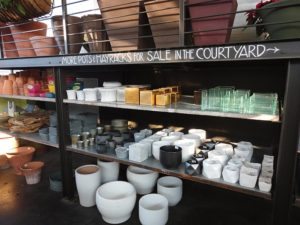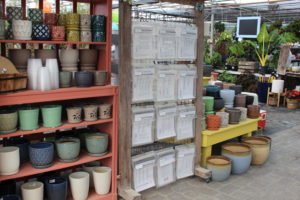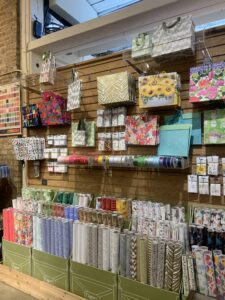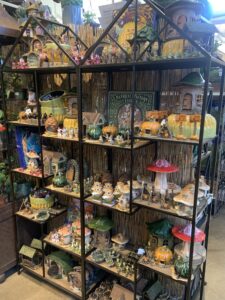
Creating an In-Store Experience
Want to know something strange? Less than one-third of millennial consumers are motivated by advertising — according to a Retail Dive article — and Gen Z is more easily swayed by endorsements from what Forbes calls “micro-influencers” on social media than by tried-and-true marketing methods like television ads.
Authenticity reigns when advertising to younger generations, and it’s all about knowing how to show off your product’s value proposition. This affinity for value also extends to what next-gen customers want from physical stores, which need to be both unique and product-driven to justify a trip to the store.
However, the idea that Gen Z and millennials don’t go to brick-and-mortar stores is one of the most inaccurate misconceptions about young customers today.
The reality is that physical stores are a destination for two-thirds of millennial consumers each week and 98 percent of Gen Z customers shop in stores “some or most of the time,” according to Retail Dive.
With all these next-gen customers flocking to brick-and-mortar locations, let’s take a look at what you can do to reap the benefits of this traffic in your stores.
Switch Up Success Metrics and Invest in Training
Young consumers have notoriously high expectations for their in-store experience. Since millennials and Gen Z increasingly look at stores as testing centers, your employees can make or break what type of time your customers have engaging with your inventory.
Gen Z customers are notoriously well-informed about the products they purchase and often come to stores with very specific questions for your employees. So, using old-fashioned barometers to measure store associate success, such as on-floor sales, in an era where 46 percent of shoppers, according to Business Insider, showroom (browse in-store just to buy online) demotivates employees, which impacts your customers. After all, nobody wants to encounter an employee that’s pressuring them into a purchase they’re not ready to make.
Instead of focusing on floor sales, train your associates to view customer engagement as their defining metric for success. Spend a little extra time on product training, so your employees can give next-gen customers all the information they are looking for when they come into your physical store.
Most of all, encourage your staff to have fun! When your employees are having a great time on your sales floor, so are your customers.
Show Off the Value of Your Products
The old gold standard of stocking up on name-brand inventory just doesn’t cut it anymore, as next-gen consumers are more interested in the product and experience than the name brand on the product packaging.
“Gen Z is intentionally choosing not to buy brands with logos and pay premium prices for everyday items,” Jason Dorsey, president of the Center for Generational Kinetics, told Stores Magazine. “Some would rather get things that were not name brand, or even from thrift stores and get more utility and value for their money.”
To sell products to next-gen customers in your store, focus on communicating each product’s unique attributes and features. Give consumers the information they need to make the decision to purchase your products. And think along the lines of what the product can do for your customers.
Share that value proposition through in-store signage, product demos and even in social media how-to videos streaming on iPads throughout your store.
Use Social Media to Boost Foot Traffic
A strong social media presence can get young customers interested in visiting your physical store. Keep in mind that more than 80 percent of Gen Z shoppers and 74 percent of millennials — according to Total Retail — make purchasing decisions based on social media.
In fact, Gen Z consumers don’t even think of a retailer in terms of separate channels — such as mobile, in-store, email, social media, etc. Francesca Nicasio from Vend reported, “Offline shopping still needs to be aided by technology. The vast majority of Gen Z-ers (over 90 percent) [say that] having a strong Wi-Fi signal is essential to a great shopping experience.”
Connecting with young customers via social media isn’t only a great way to start the conversation about your physical store; it’s also a tool to be used strategically to recruit new customers.
Incentivize your existing customers to share pictures of your merchandise and follow your customer’s “friends” to expand brand awareness among new potential customers. From there, share codes that customers can mention in your physical store for a small discount or gift with purchase. By bridging the gap between channels in this way, you will be able to use social media as an active recruiting tool for your brick-and-mortar experience.
Plan of Attack
Young customers might shop a little bit differently than their predecessors, but they still place a high value on the in-store experience.
Millennials and Gen Z customers will visit your store |if your employees create an informative in-store experience, so make sure your floor staff is well-trained and in good spirits to make your store worth the trip.















 Videos
Videos





